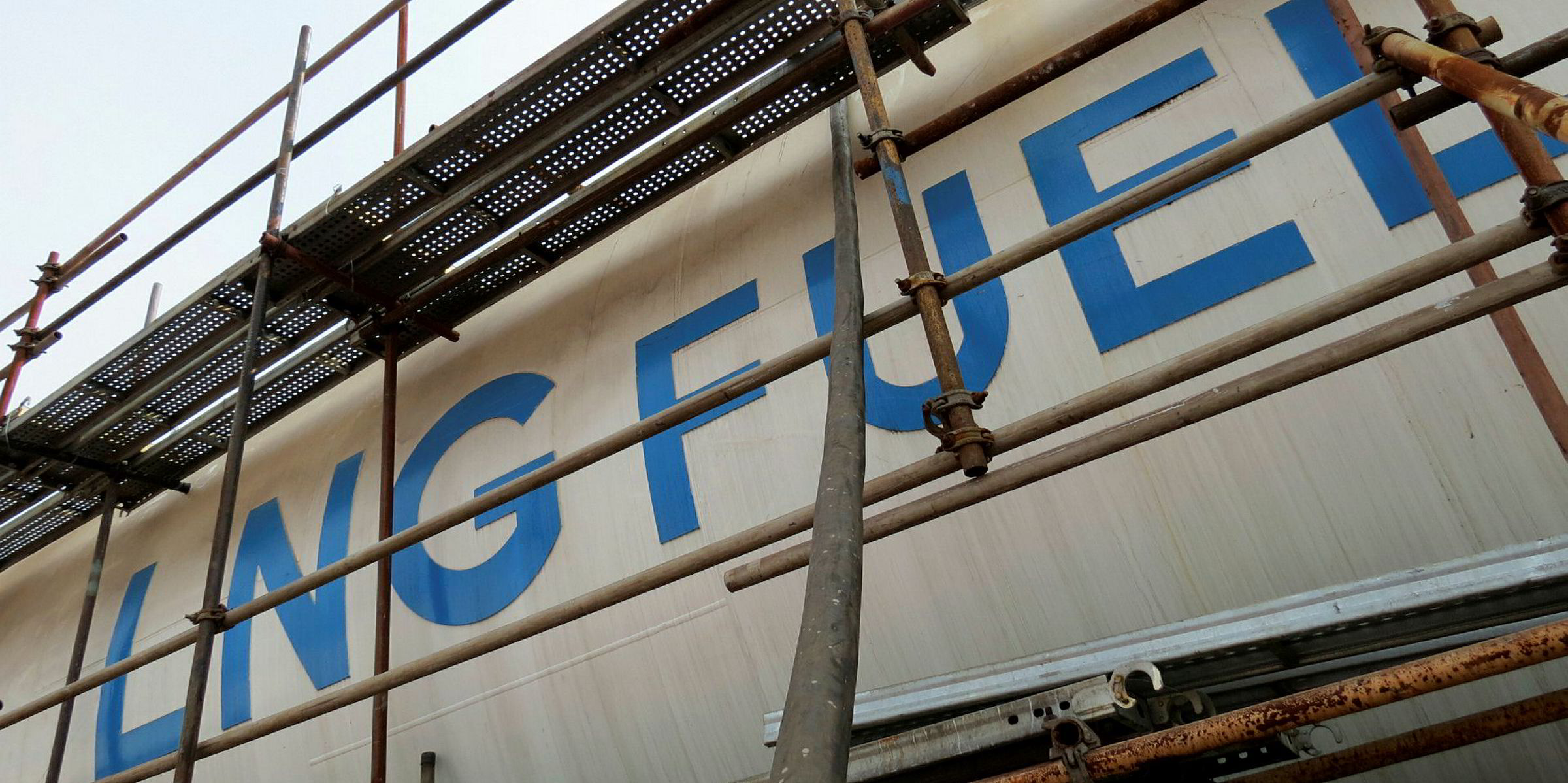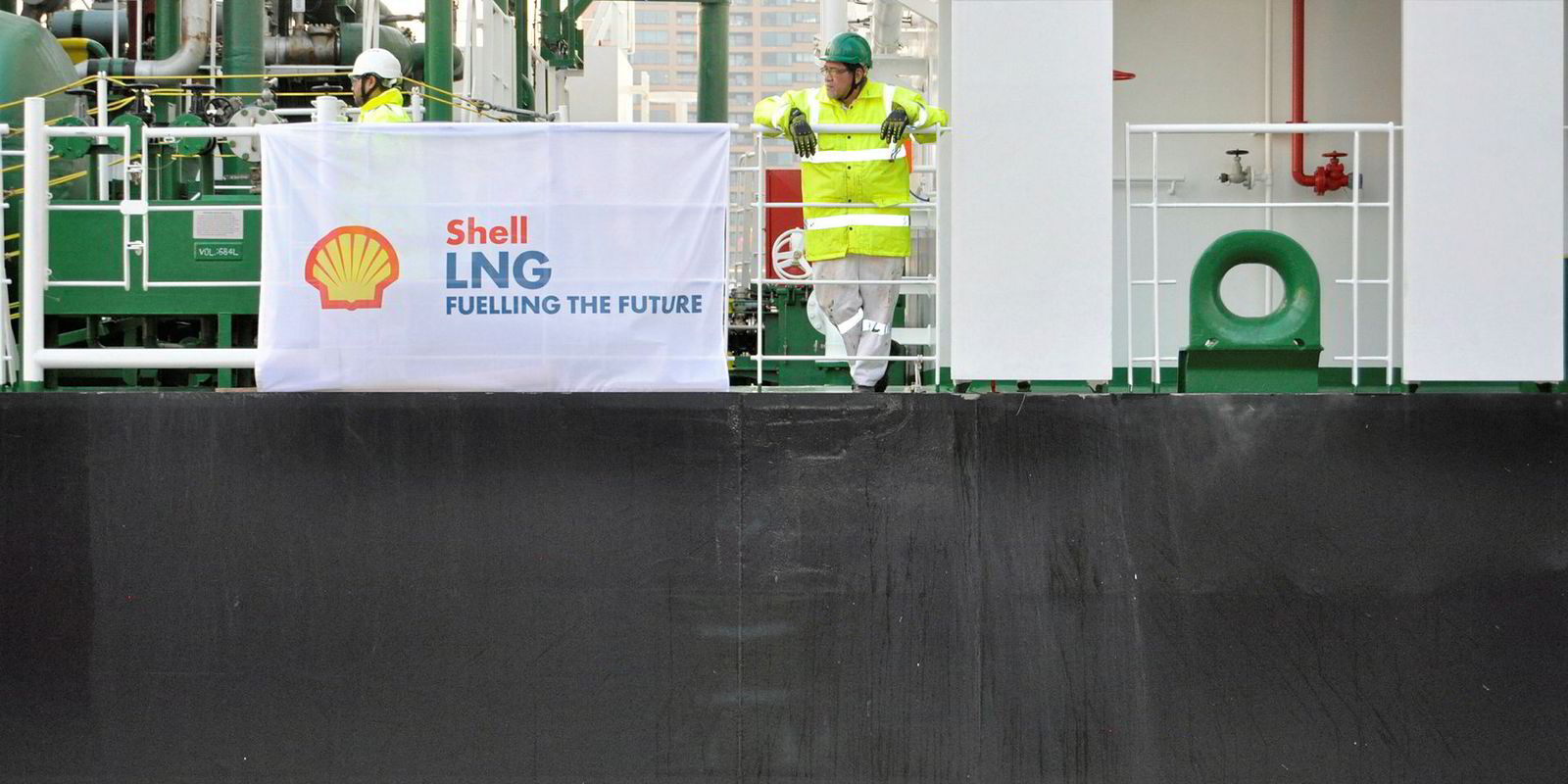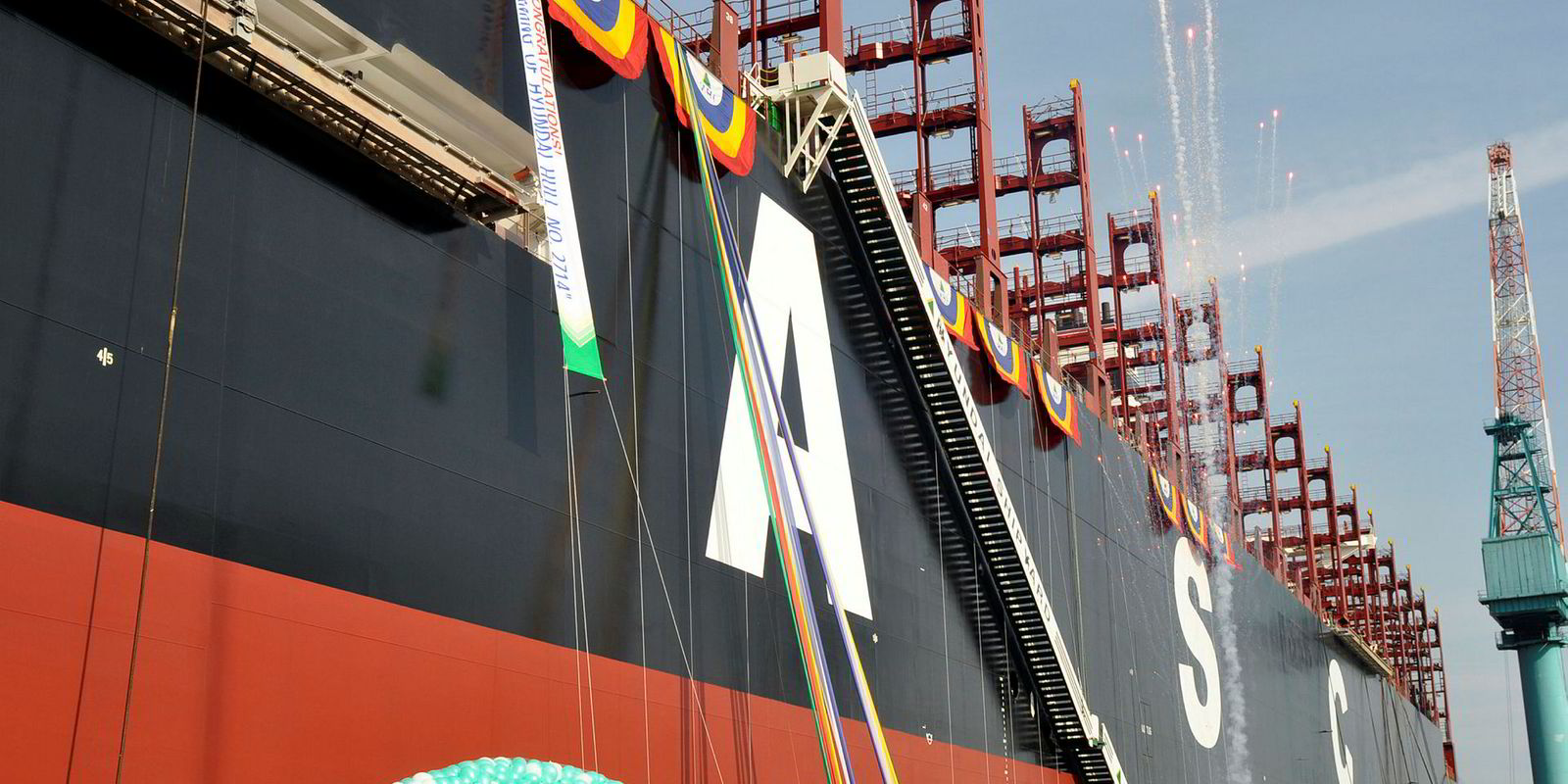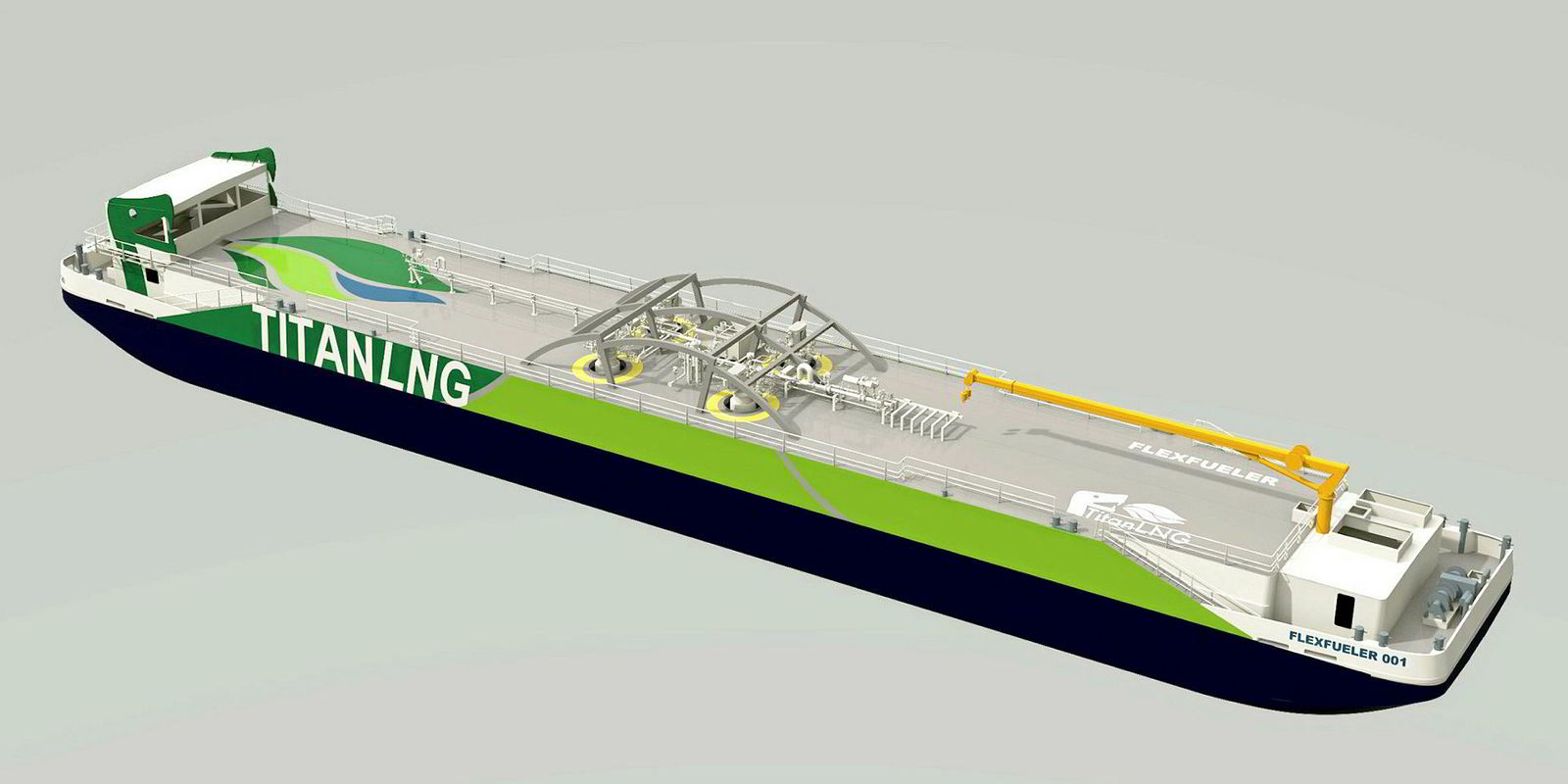Jorg Erdmann estimates that it will take until 2025 before there is worldwide LNG bunker coverage.
Hapag-Lloyd’s senior director of sustainability accepts that LNG fuelling might be available by 2020 in major ports such as Rotterdam, but says the big challenge is the robustness of the infrastructure on the main shipping routes.
Erdmann says Hapag-Lloyd wants to get the technical experience of converting an LNG-ready ship to use the fuel. However, it is also keen to gain a better understanding of LNG infrastructure.
He describes LNG as “the fuel for the mid-term” before the industry has to look further ahead at CO2 reductions.
Hapag-Lloyd’s retrofitted boxship — the 15,000-teu Sajir (built 2014) — will probably be in operation on gas before the first of CMA CGM’s giant LNG-fuelled containership newbuildings emerge. It will certainly be the first LNG-ready switched ship.
'Worldwide availability'
“LNG is available worldwide. The issue is the last mile,” Erdmann says, explaining that how to get it into the terminal and the bunker barge that would be needed are the more tricky issues.
The extreme, he adds, would be for Hapag-Lloyd to build its own LNG bunker barge, but it would not consider doing this yet as there are already LNG bunker supply vessels in the market with spare capacity.
He says that, currently, one pilot conversion project is manageable, but in the longer term, the company is looking to upgrade all 17 of the acquired United Arab Shipping Co vessels to bunker LNG. Hapag-Lloyd is not looking at newbuildings at present.
Erdmann acknowledges that the fuelling choice picture for owners is challenging.
“The shipping world is focused on LSFO [low-sulphur fuel oil] at the moment but in the broader longer term it will need to look at CO2,” he says. “From an environmental point of view, LNG is a good step towards 2050 and the longer-term CO2 reductions ... LNG has to be the preferred option.”






